Bosnian Catholic Tattoos
Bosnian Catholic Tattoos - Ethnographers suggest that the origin of this specific custom cannot be catholic, nor slavic traditions, but comes instead from prehistoric balkan tribes. Called it sharati (“to color”). Web notably, the custom is largely tied to an area of central and southern bosnia and, in particular, bosnian catholics (mostly women), going all the way back to the 15th century and the ottoman rule. Web for millennia, women in what is now croatia and bosnia and herzegovina performed sicanje —the word means, literally, “to prick”—on their daughters. Web the most detailed bosnian tattoos are drawn on the forearm, the wrist and the back of the hand. Web sicanje tattoos were used by catholic women to identify themselves as catholics and thus save themselves from forced marriages, abduction into the harem, and rape during the ottoman period. Web bosnian catholic tattoos (ca. Web in the period between 1995 and 2002 rockford has become the home to 30 croatian families, mostly from bosnia and herzegovina. Initially it was used as protection against ottoman turks. Web traditional tattooing custom represents an important ethnological unit in the cultural history of bih. Web in the period between 1995 and 2002 rockford has become the home to 30 croatian families, mostly from bosnia and herzegovina. Web among catholics mostly in bosnia and herzegovina there was a widespread tradition of tattoos on hands, arms, and on the chest until the mid of the 20th century. [1] according to the refugee organization international institute of. The first wave of bosnians arrived in the 1990s, refugees of the bosnian war. I aways liked this tradition as someone who likes tattoos, but i have some questions about them. Web traditional tattooing custom represents an important ethnological unit in the cultural history of bih. Web bosnian catholic tattoos (ca. Web among catholics mostly in bosnia and herzegovina there. Web among catholics mostly in bosnia and herzegovina there was a widespread tradition of tattoos on hands, arms, and on the chest until the mid of the 20th century. Web bosnian catholic croats used to tattoo their hands, chest, wrists or even forehead with the christian symbols (like small cross), but also many other motifs are present. There were special. Croats who fled bosnia during turkish rule to settle as refugees in dalmatia and slavonia termed it bocanje or sicanje (croatian, “stinging,” “pricking,” “tattooing”). Web bosnian catholic croats used to tattoo their hands, chest, wrists or even forehead with the christian symbols (like small cross), but also many other motifs are present. There were special days during the year when. Initially it was used as protection against ottoman turks. Web the most detailed bosnian tattoos are drawn on the forearm, the wrist and the back of the hand. However, various historians and ethnologists claim that these symbolic ornaments were present long before the ottomans arrived. Is it religious belief oo something like that? Web bosnian catholic tattoos (ca. Louis bosnian chamber of commerce, april 2013. Jozo grubišić to visit this city and a small croatian community. Bhacc is the only community center dedicated to meeting the special needs of bosnian and herzegovinian immigrants and refugees in illinois, home to the largest concentration of bosnian refugees in the nation. Web bosnian catholic tattoos (ca. The first wave of bosnians. Jozo grubišić to visit this city and a small croatian community. On the chest, only fairly simple crosses, in the center of a circle are drawn. Traditional tattooing custom represents an important ethnological unit in the cultural history of bih. Web tattoos of catholics in central bosnia symbolic ornament of the body and soul. There were special days during the. Web sicanje tattoos were used by catholic women to identify themselves as catholics and thus save themselves from forced marriages, abduction into the harem, and rape during the ottoman period. Web bosnian catholic croats used to tattoo their hands, chest, wrists or even forehead with the christian symbols (like small cross), but also many other motifs are present. This method. Louis, the metropolitan area had about 70,000 people of bosnian origins circa the late 1990s and early 2000s, the highest recorded. Stecak) are a traditional form of monumental medieval tombstone that can be found across bosnia and herzegovina) were also common to an extent, with women and girls having these symbols tattooed on different parts of their bodies which sometimes. I aways liked this tradition as someone who likes tattoos, but i have some questions about them. Web in the period between 1995 and 2002 rockford has become the home to 30 croatian families, mostly from bosnia and herzegovina. Permanent puncturing of skin, mostly practiced with the female part of population, is an anthropological specific phenomenon of catholics from central. Using needles and a mixture of soot, spit, honey, and breast milk, the tattooing tradition covered the hands, chest, and sometimes forehead with deeply symbolic patterns. Web bosnian catholic croats used to tattoo their hands, chest, wrists or even forehead with the christian symbols (like small cross), but also many other motifs are present. Ante tomić (died on november 28, 2002) invited the pastor from st. [1] according to the refugee organization international institute of st. Web by freya west november 16, 2022. Web notably, the custom is largely tied to an area of central and southern bosnia and, in particular, bosnian catholics (mostly women), going all the way back to the 15th century and the ottoman rule. Web bosnian catholic croats used to tattoo their hands, chest, wrists or even forehead with the christian symbols (like small cross), but also many other motifs are present. This tradition originates from the places. Web we seek to encourage and foster relationships helping chicagoans get to know their bosnian neighbors. Bhacc is the only community center dedicated to meeting the special needs of bosnian and herzegovinian immigrants and refugees in illinois, home to the largest concentration of bosnian refugees in the nation. Web traditional tattooing custom represents an important ethnological unit in the cultural history of bih. There were special days during the year when tattooing would take place (usually the time before easter). That's cool, how do the tatoos protect them though? Web notably, the custom is largely tied to an area of central and southern bosnia and, in particular, bosnian catholics (mostly women), going all the way back to the 15th century and the ottoman rule. Louis, the metropolitan area had about 70,000 people of bosnian origins circa the late 1990s and early 2000s, the highest recorded. The first wave of bosnians arrived in the 1990s, refugees of the bosnian war.
(First tattoo) Traditional Bosnian design done in Ulaanbaatar, Mongolia
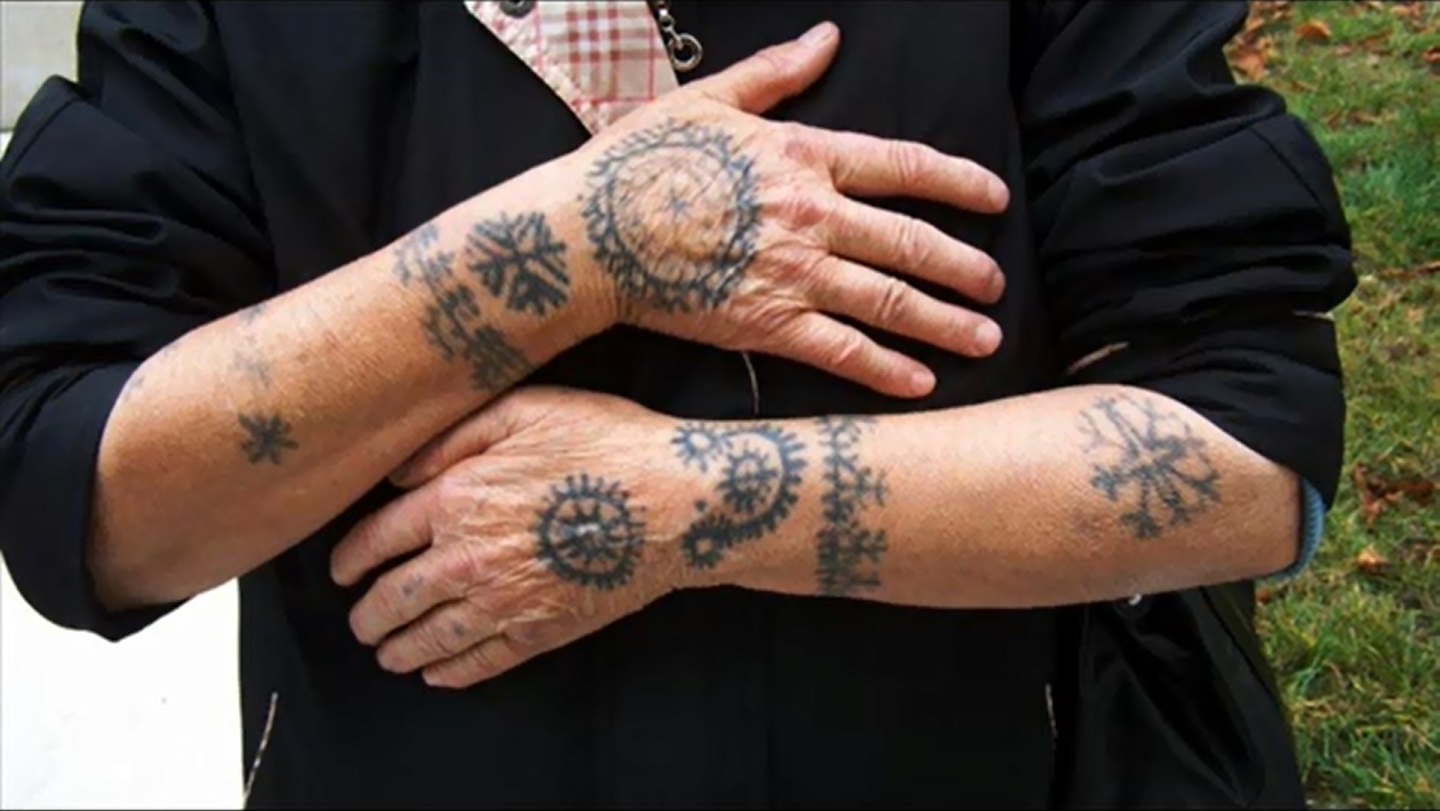
Christian tattoos

croatian catholic tattoos in bosnia People in Balkan penin… Flickr

Bosna Tattoo
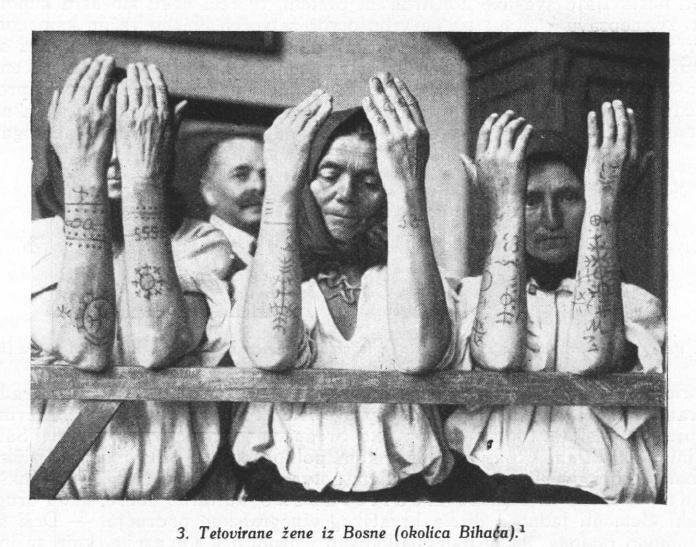
Catholic Cutie — slavenska Christian tattooing in Bosnia and...
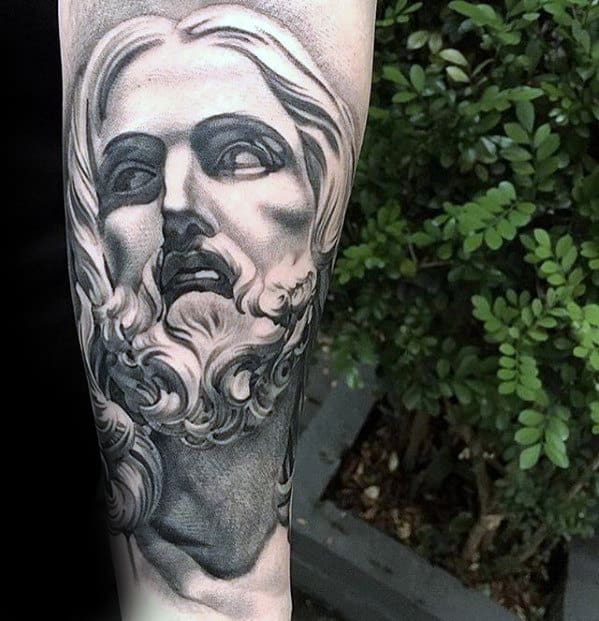
Discover more than 78 small catholic tattoos super hot in.cdgdbentre

Tattoos on the hands and forearms of Catholic women in Bosnia (after

Aggregate more than 82 small catholic tattoos best in.eteachers
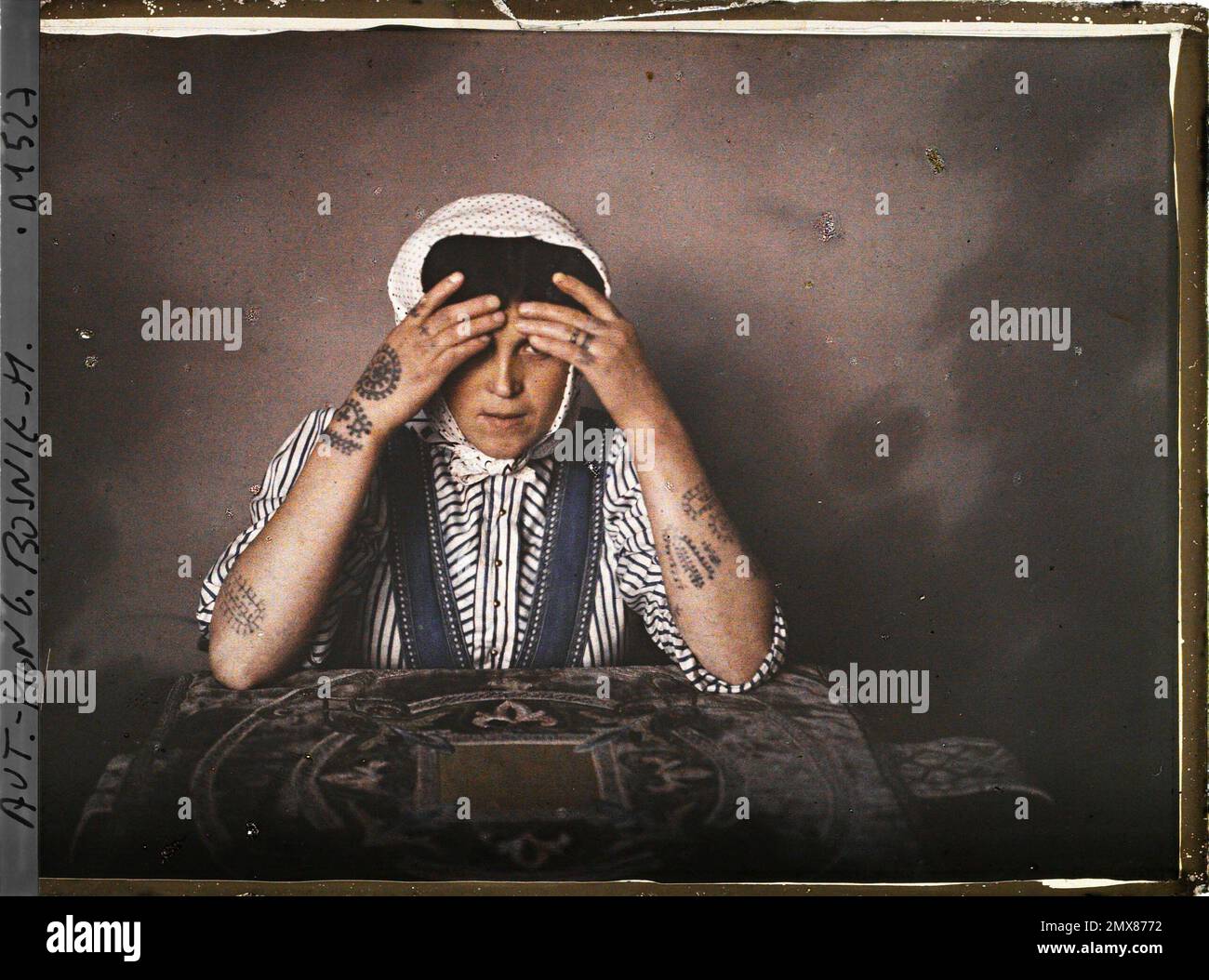
Sarajevo, Bosnia and Herzegovina Tattoo of the arms of the Catholic
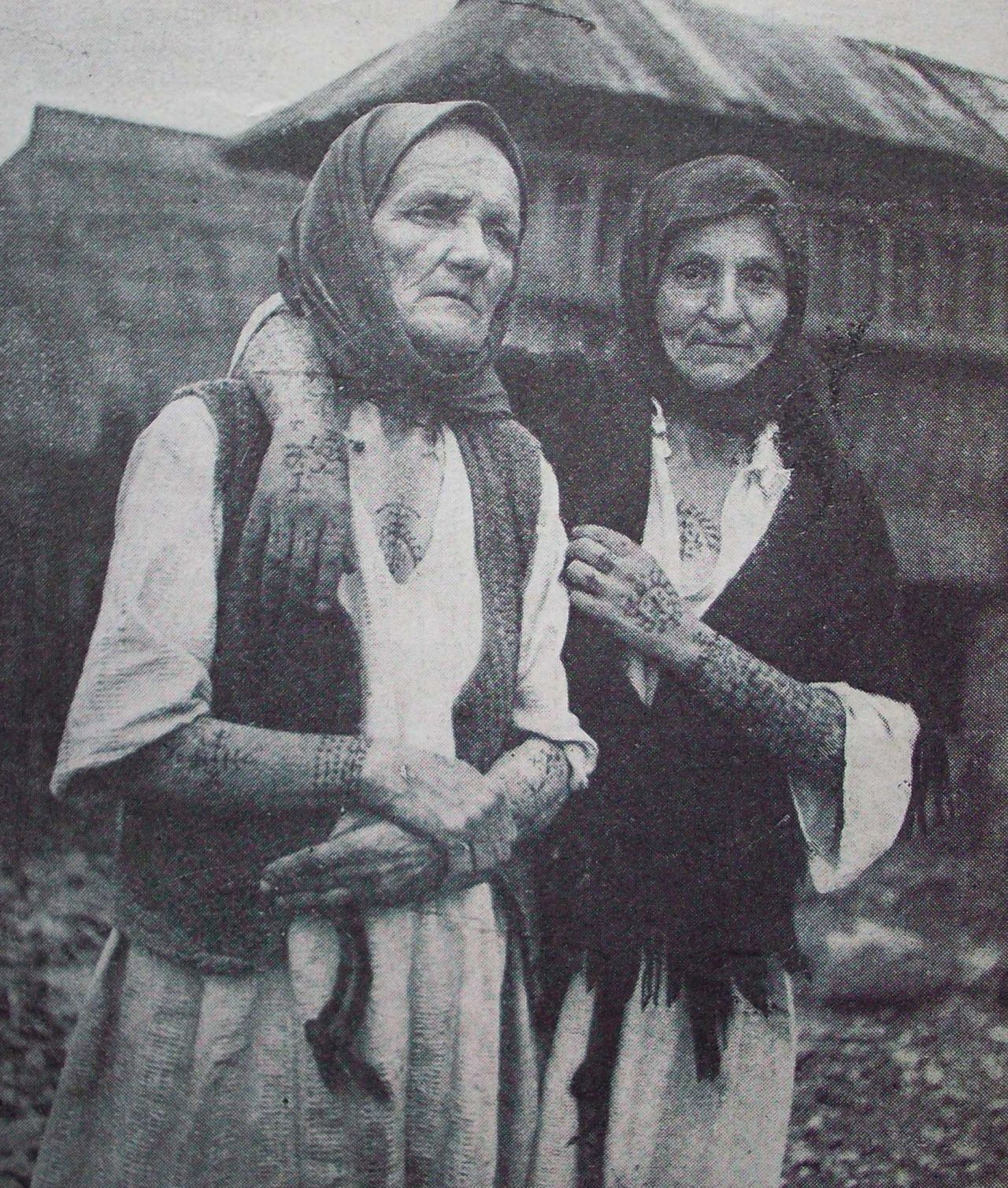
Bosnian History on Twitter "Catholic female tattooing in Bosnia and
Ethnographers Suggest That The Origin Of This Specific Custom Cannot Be Catholic, Nor Slavic Traditions, But Comes Instead From Prehistoric Balkan Tribes.
Traditional Tattooing Custom Represents An Important Ethnological Unit In The Cultural History Of Bih.
Web Old Woman With Tattoos, The Tradition Called Sincaje Common For Croatian Catholics In Bosnia.
Web The Tradition Of Catholics From Bosnia Having These Tattoos Has Been Reported Since The Ottoman Empire Ruled Bosnia.
Related Post: